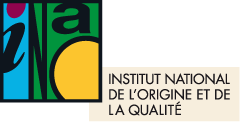This article is older and has been archived.
It remains accessible, but the information provided may be out of date or incorrect.
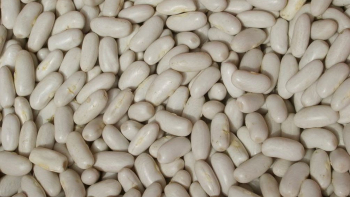
An ingot bean introduced by Catherine de Médicis
The "Haricot de Castelnaudary" is a dry, white, ingot-type bean of the Phaseolus vulgaris species. White-ivory in color, it's a large kidney-shaped bean that rehydrates quickly, so that when cooked, it's soft and melting, while retaining its cohesion and the delicate feel of its skin. It was introduced by Catherine de Médicis to the Lauragais region, already renowned for its fertile soils. A staple food of the local population since the 18th century, the "Haricot de Castelnaudary" remains highly sought-after today by canners and restaurateurs, notably for the central role it plays in the famous Cassoulet.
A demanding crop
Sowing takes place in spring on flat, finely tilled soil, in deep, low-stony soil with a good clay/limestone balance. Cultivation requires perfect control of water requirements, often with an ingenious irrigation system. Harvesting is carried out in several stages: uprooting and swathing (alignment of mown material), natural drying on the ground and then threshing to preserve the integrity and color of the grain, when the foliage is "crisp".
Characteristics linked to the production area
The production area is located in the extreme west of the Aude department, covering 69 communes. This area, whose heart is the town of Castelnaudary, is characterized by an environment of sedimentary plains and hillsides. At the crossroads of Atlantic and Mediterranean climatic influences, temperatures are hot in summer (between 25 and 28°C) and mild in winter (average of 10°C). The area is subject to the Cers and Autan winds (300 days a year), which favor drying. This climatic crossroads combined with soils with a good balance of clay and silt create conditions that are highly favorable to the characteristics of this product (rehydration, melt-in-the-mouth, skin fineness, baking resistance).
Figures (2020)
16
Producteurs
1
Trieur/ conditionneur/ stockeur
155
Tonnes de production
Find out more
The PGI is linked toa know-how. It identifies an agricultural product, raw or processed, whose quality, reputation or other characteristics are linked to its geographical origin. At least one stage in the production, processing or elaboration of this product must take place in the delimited geographical area. The PGI guarantees the product protection at both national and European level. Compliance with PGI specifications is regularly monitored by independent bodies accredited and supervised by the State.
Press release
CP : Le Haricot de Castelnaudary reconnu en indication géographique protégée
Communiqué de presse de l'INAO
The latest French SIQO product approvals
The name "Pérail" is officially recognized as a Protected Geographical Indication (PGI), by publication, on May 26, 2025...
News
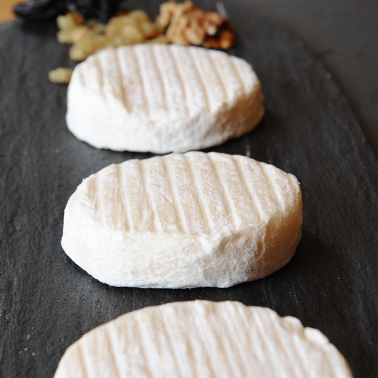
News
The name "Caviar d'Aquitaine" is officially recognized as a Protected Geographical Indication (PGI), with the...
News
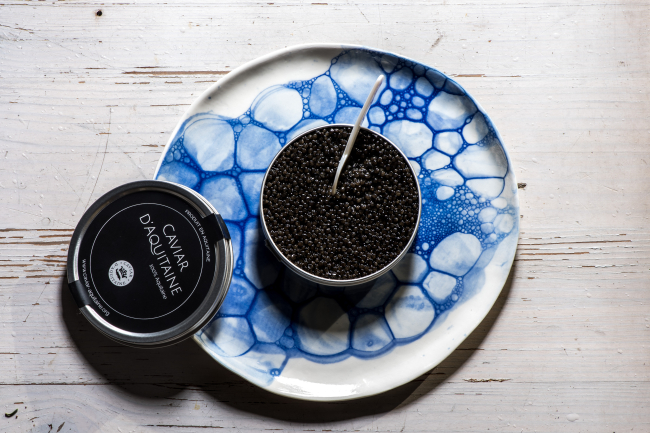
News
The "Melon de Cavaillon" denomination is officially recognized as a Protected Geographical Indication (PGI), with the...
News
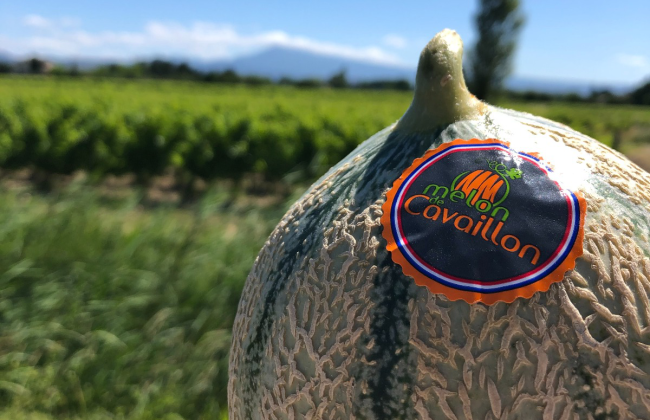
News
